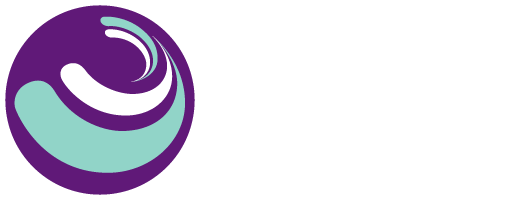Using the GBO as a measure of single-session interventions, consultations & advice
The Goal Based Outcome (GBO) tool is most widely used as a tool to monitor progress across a series of sessions or as an outcome measure used at the start and end of an intervention. However, is is becoming increasingly well used as a measure of change or usefulness of a single-session.
Increasingly health practitioners (both in mental and physical health) are providing single-session interventions. Most typically these are one-off sessions to offer advice to a person or family. These might be in the form of drop-in sessions where the client comes to seek specific advice or knowledge about an issue or problem; or they might be more exploratory sessions where a person comes with a concern or issue and wants to think through possible options that might be available to them. In the language of the Choice and Partnership Approach (CAPA) (York and Kingsbury 2016) the latter might be thought of as a ‘choice’ appointment – where the person and practitioner talk together about the issue to understand it better and think through possible options about what might help to change things – these might include self-help or community based interventions, or professional support though health, social care or education. Or they might be in the form of one-off consultations to other professionals. Either way, using the GBO can bring clarity and a quick and easy way to monitor the effectiveness even of a one-off session.
Drop-in advice sessions
As with any intervention it is helpful to monitor the usefulness of the approach. With single-session interventions the GBO can be used at the start of the session and again at the end to track how helpful the person seeking advice or help has found it. The goal is set by a brief discussion at the start of the session about what the person’s hopes or goals of the session are. These are likely to be shaped around the context of the service. For a drop-in service, goals might be shaped around the helpfulness of the ideas given, in addressing the issue the person had come for help with.
For example, a health visitor might hold a single session drop-in service for under 5s, and a parent might come with concerns about their child’s sleep. The health visitor would ask, as usual, what the person was coming for help with. The parent might respond that they are concerned about their child’s sleep and want some advice – a goal is easily shaped by asking “if this drop-in session is helpful what do you hope to go away with at the end of the session?” The parent might respond “I want to leave with ideas about how to help my child get to sleep at night”. This is a clear goal for the session and can then be easily rated by asking, “So if you were to rate how many ideas you feel you already have around getting your child to sleep – on a scale from zero to ten where ten means you’ve got all the ideas you need and zero means you don’t feel you have any and five is exactly half-way between the two – where would you say you are at this moment?”Asking the question serves to suggest that the parent might well already have some ideas and also serves as a baseline of where the parent is at the start of the session compared to where they might be at the end.
The session then runs as normal but in the last minute the goal is re-rated by asking “Remember right at the beginning of this drop-in session I asked you to say what would make it helpful and how you rated where you were at, where would you say you are now, using the same scale…….?”. Once again, asking the questions serves a clinical purpose of demonstrating care and interest, and by rating it on the GBO scale it also allows this ‘usefulness’ to be quantified and recorded to monitor the effectiveness of the drop-in session and over time, of the service as a whole.
Choice appointments
The same ideas can be used to track the usefulness of choice appointments in offering people the understanding and options to move forward with an issue. In this case the goal might be more around “I want some understanding about my issue and options as to what might help” (these could be rated as one overall goal of the session or could be split into two goals: one about ‘understanding’ and one about ‘options for help’). The rating would take place in the same way as above: asking the person to rate their understanding and ideas about options for help they already feel they have and then re-rating these in the last few minutes of the session. The goal setting and rating takes a matter of minutes and by making the session goal explicit in this way brings focus to the task of the session that both practitioner and client can agree and be clear on.
Professional consultations
Exactly the same approach can be used in professional consultations – asking about goals at the beginning of the consultation session brings clarity and focus and agreement on the consultation task at hand. Using the GBO scale at the beginning and end of the consultation can quickly quantify the usefulness (or otherwise) of the consultation without the need to use often cumbersome and rarely completed, follow-up measures.
